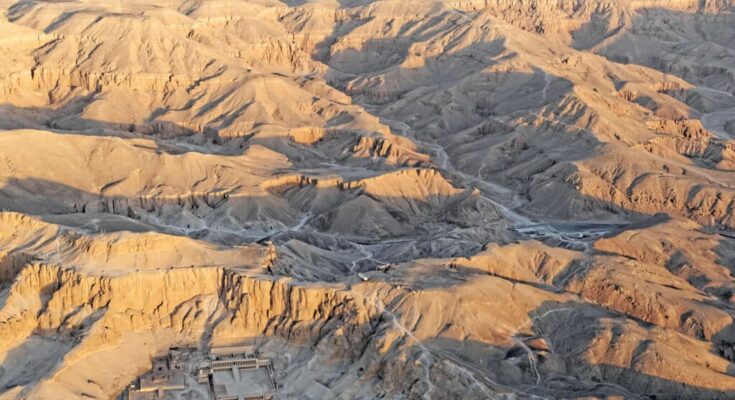
Renowned archaeologist Zahi Hawass recently revealed the groundbreaking archaeological discovery of an ancient city in the Valley of the Kings in Egypt. Researchers have uncovered the largest, most complete city ever found in the area. So far, around 2,000 artifacts have been unearthed at the site.
This ancient city has remained well-preserved. Experts believe it dates back to the time of King Amenhotep III, who ruled for 37 years before King Tutankhamun.
Researchers say the king placed special items, known as foundation deposits, in his temple. These were likely meant to show future generations that the city was used during his reign.
Demand to return the ancient Rosetta Stone to Egypt
During a Sunday event at the Prince Taz Palace Creativity Center, Hawass emphasized the significance of antiquities, calling them a powerful asset for every nation.
He pointed out that around 240 foreign archaeological missions are currently active in Egypt.
Previously, Hawass published a document on his website, available in both Arabic and English, urging Egyptians to sign an online petition.
On September 7, renowned Egyptian archaeologist and former Minister of Antiquities, Zahi Hawass, launched an online petition demanding the return of three historically significant Egyptian artifacts from Western countries.
Nefertiti Bust, Rosetta Stone, Dendera Zodiac pic.twitter.com/aiE25j3jbC
— 鳳凰資訊 PhoenixTV News (@PhoenixTV_News) September 9, 2024
His goal is to gather 300,000 signatures to present to Britain, demanding the return of the Rosetta Stone and the Dendera zodiac to Egypt.
The Rosetta Stone is a black basalt slab dating back to 196 BC. It contains a decree issued by King Ptolemy V and is unique because it is written in three different languages: ancient Egyptian hieroglyphics, Demotic script, and Greek.
French soldiers found the stone in 1799 during Napoleon’s campaign in Egypt. Afterward, it was taken to England and has been on display at the British Museum ever since.
Return of Queen Nefertiti’s bust to Egypt
Hawass stated they are aiming for the campaign to gather one million supporters before proceeding, with the backing of the Egyptian government, to reclaim these antiquities.
He also announced that on September 15th, a new document will be launched, calling for the return of Queen Nefertiti’s bust. An official request was made in 2010, but the effort was forgotten due to the January 25th Egyptian revolution in 2011.
Investigations in Germany have since been conducted to trace how the statue was taken from Egypt illegally. Photos of the bust’s discovery in Egypt have been included in the official appeal for its return.
The Nefertiti Bust is a painted limestone sculpture of Nefertiti, the wife of the Egyptian pharaoh Akhenaten. It is currently displayed at the Egyptian Museum in Berlin.
Experts believe the bust was created in 1345 BC by the sculptor Thutmose, as it was discovered in his workshop in Tell el-Amarna, Egypt. This iconic piece is one of the most replicated artworks of ancient Egypt.



